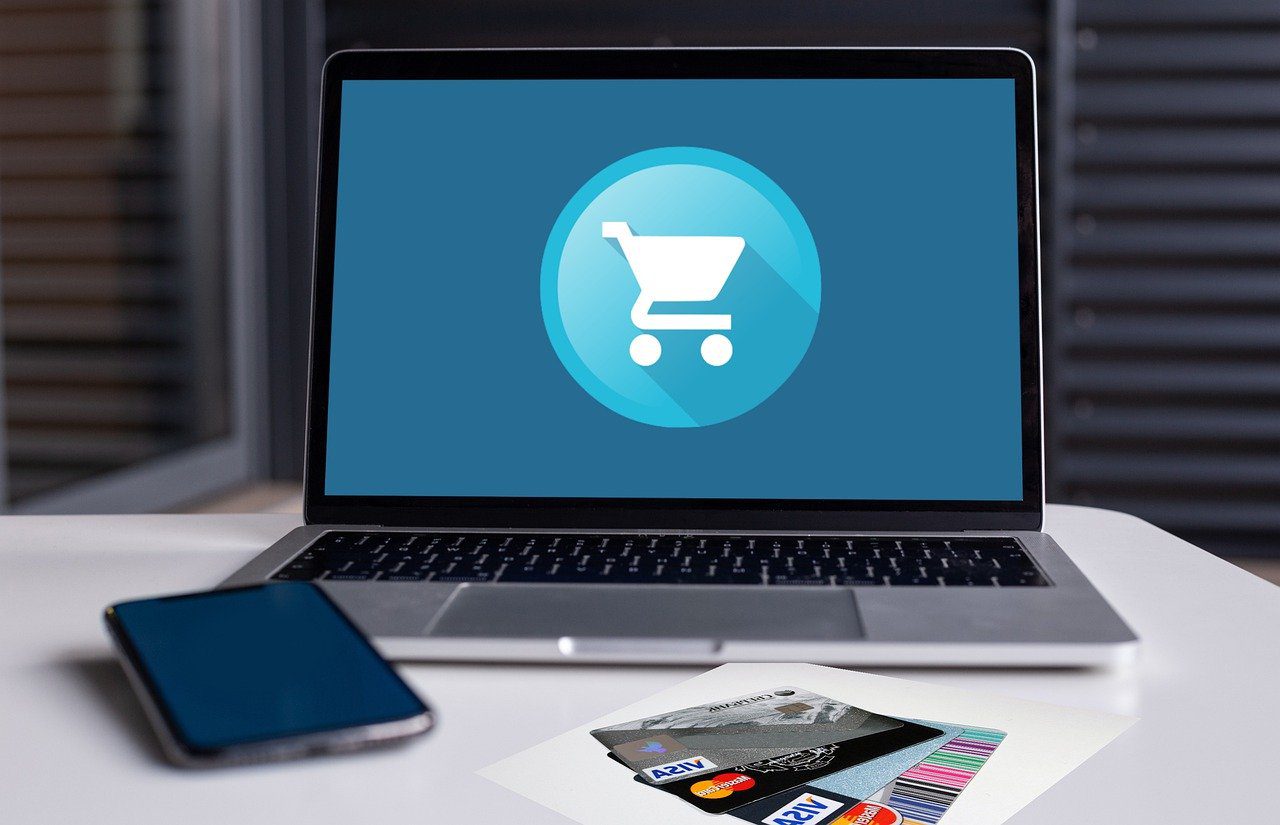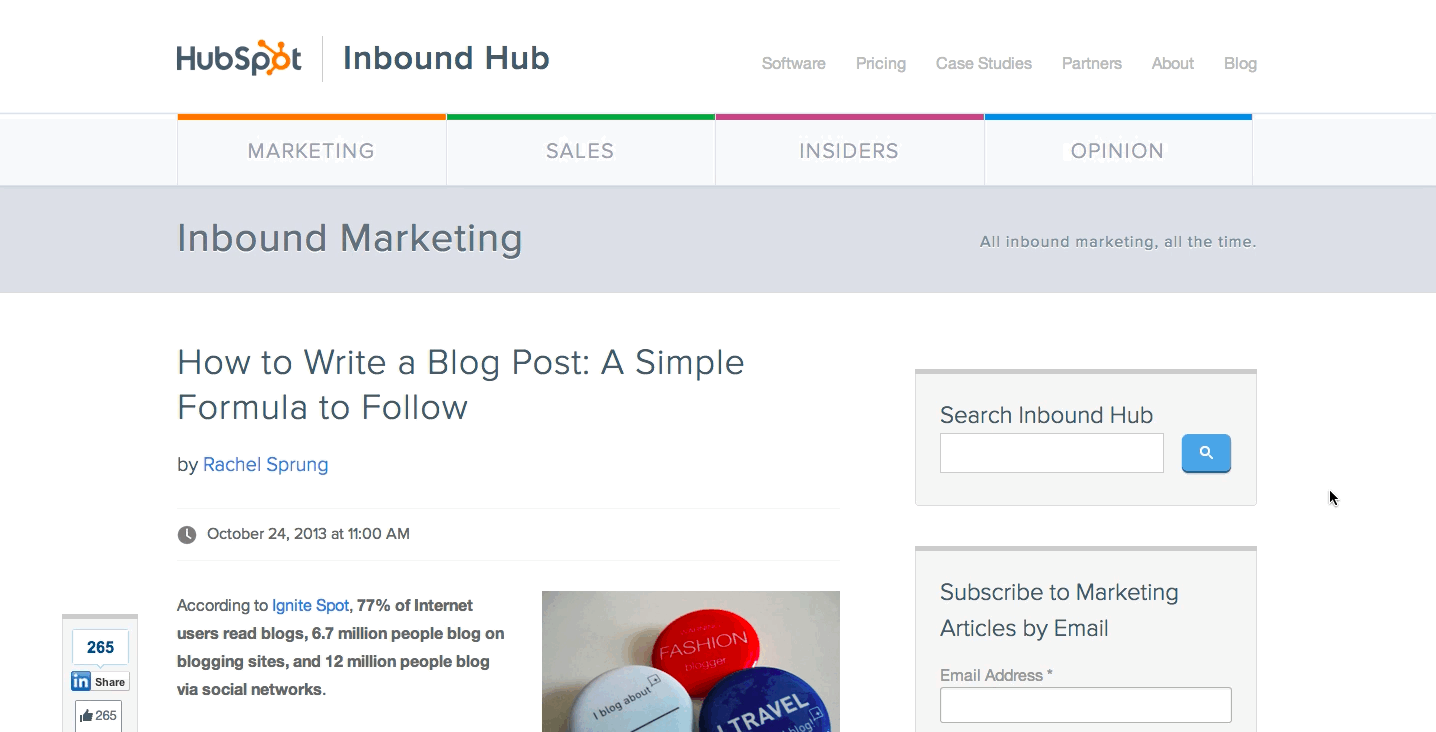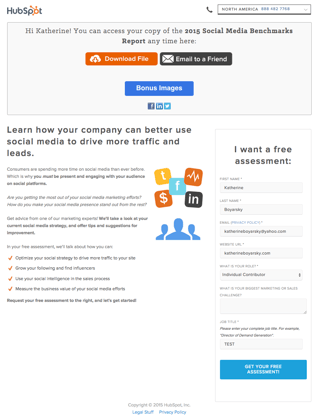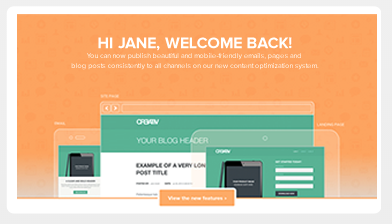Everyone says that a blog is essential for business growth, but anyone who’s ever been tasked with running one knows that it can be difficult to keep it going. The need to create new, original, and insightful content on a regular basis can be a hassle, but it’s an important discipline to develop.
If you’re committed to the process, however, having a blog can generate explosive growth for your business through any of the following five ways.
A blog draws customers into your website
In our social media-driven world, getting customers back to “your turf” can be difficult. However, your website is essential to your business – it shares your message in your voice, is covered with your branding, and doesn’t include any outside distractions that could pull readers away from your work.
By filling your blog with great content, you entice readers to visit your site and spend more time there. This, in turn, creates more opportunities to expose them to the exact message you want them to hear, converting more customers and driving more sales.
And just in case you think that sounds overly optimistic, Bill Marriott blogs consistently for the Marriott hotel chain, and the company reports that it has made $4 million in sales from readers clicking through to book rooms from the blog. That’s a huge revenue driver, and it’s one that your business can’t afford to miss out on.
Blogs build trust
People buy from those they know and those they trust, and a blog helps your customers feel like they both know you and can trust you. When your content helps them on a regular basis, shares some bits and pieces of your own journey, and shows your authentic authority on a topic, you’re building the kind of relationship shoppers used to have with their hometown retailers.
This relationship gives customers the chance to move from “Who are you?” and “Why should I trust you?” into a place where they’re happy to spend money on your products and services. Oh, and as an added bonus? You’ll find that customer acquisition through blogging is much cheaper than other methods of prospecting.
Blogging helps you appear in search results
Ranking highly in Google seems to be a never-ending quest for most businesses, but even though it’s more difficult now than ever before, it’s still important. One of the things Google loves most is fresh content, and that’s where your blog comes into play.
When you post regularly to a blog, you’re giving Google that fresh, new content each week (or at whatever frequency you specify on your editorial calendar). As you write, be sure to include specific keywords and topics that are relevant to your industry. This will help Google see your content as helpful and show your site as a top result in search results.
In addition, when you publish great quality content to your blog, other sites will want to link back to you. The influence of all these inbound links raises your credibility in Google’s estimation, potentially leading to higher rankings. If you’re successful, a #1 ranking on the search results page for a relevant industry keyword can lead to a major influx of new business.
Blogging establishes you as a thought leader
Many small businesses find that being featured in a mainstream press article or popular online blog creates huge growth for their business. But how does the press decide who to interview? By looking for thought leaders in a specific industry or area.
You can establish yourself as a leader by consistently creating unique, informative content on your own site. However, you’ve got to do more than this. Plenty of businesses pump out great articles, but few of them can be considered thought leaders.
In addition, you’ve got to actively put yourself in front of others in your industry, whether you do so by responding to questions on sites like LinkedIn or Quora, or by networking directly with other authority figures in your niche to find ways to leverage their audiences.
When you perform these two tasks regularly, you’re setting yourself up for success. Not only will you be seen as an expert in your customers’ eyes, you’ll be more likely to be discovered or to get your brand featured on a mainstream media site.
Blogging gives you a chance to spread your brand
When you create blog posts, you – of course – don’t just leave them on your site. You find ways to share them, and you use things like hashtags and social profiles to extend your reach.
Once your community sees your new blog post, they’ll share it with their followers (as long as it’s good). As a result, a blog allows you to create the helpful, insightful content that’s needed to spread across the internet and introduce yourself to new prospects.
Plenty of consumers discover new businesses in this way. They may not directly seek out a company, but if they see a friend or acquaintance sharing an interesting piece of branded content from your site, they’re going to want to take a closer look. And as long as you’ve structured your site for conversions, these customers will use your site to learn more about your brand and – hopefully – go on to buy.
Most of the time, blogging isn’t some overnight “growth miracle” – it’s a slow and steady process as you share content across your network in order to attract new readers. However, in some cases, blogging can help you secure an interview with a major industry blog, grant you a high-profile guest blogging opportunity, or land you a mainstream media appearance.
Even one viral blog post or major media mention can lead to explosive growth in a short amount of time.
So start your blogging today to get the results tomorrow!
Original resource – uberflip.com















